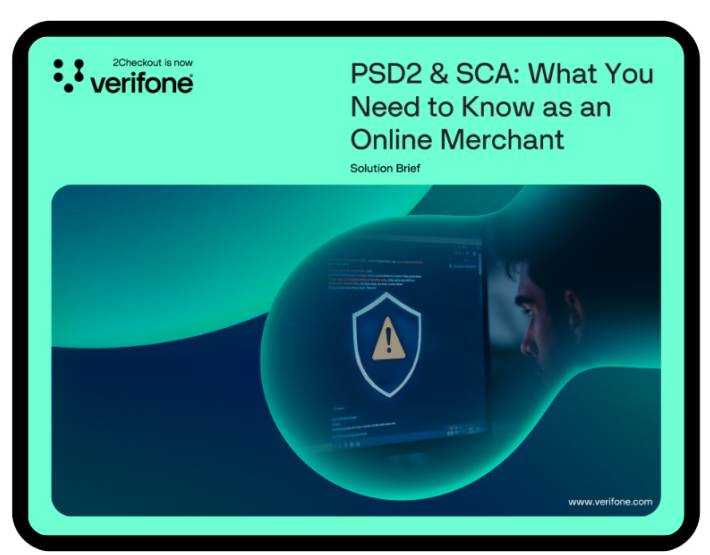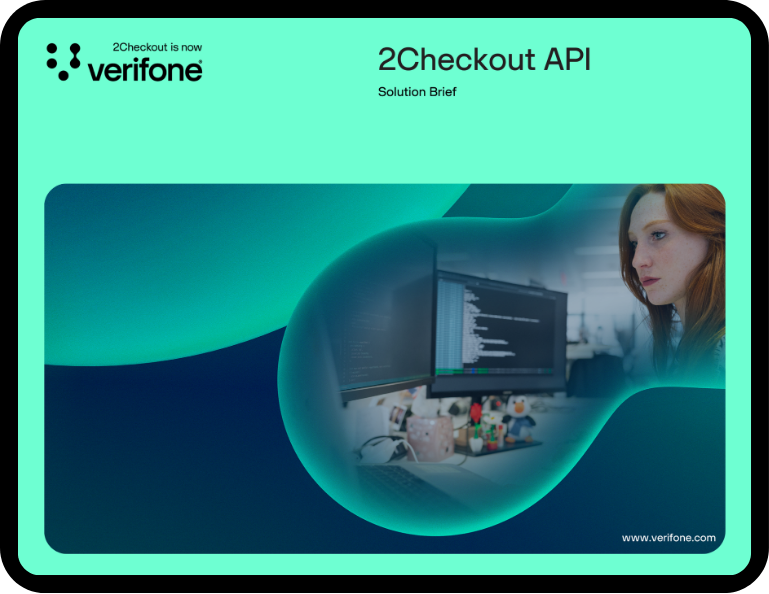The financial sector is on the brink of a major transformation with the introduction of the Payment Services Directive 3 (PSD3). This new regulation is set to enhance innovation, security, and compliance within the payments industry, building upon the foundation of PSD2 regulation.
But what exactly is PSD3, and how will it impact fintech companies, banks, and payment service providers? This guide explores the significance of PSD3, key regulatory updates, and what businesses need to do to stay ahead.
What is PSD3 & Why It Matters
PSD3 is the latest evolution in the European Union’s regulatory framework for digital payments. It seeks to:
- Strengthen consumer protection and payment security.
- Improve open banking infrastructure by standardizing API access.
- Enhance Strong Customer Authentication (SCA payments) protocols to reduce fraud.
- Address inconsistencies in PSD2 regulation implementation across member states.
- Introduce Payment Services Regulation (PSR) to complement PSD3, bringing clearer regulatory definitions and enforcement. Understanding PSR meaning is crucial for businesses adapting to the evolving financial ecosystem.
For fintechs, banks, and payment providers, PSD3 represents both a challenge and an opportunity to innovate and align with evolving regulations.
Learn more about the European Commission’s vision for PSD3.
PSD2: Key Achievements & Limitations
Introduced in 2018, PSD2 regulation brought significant advancements:
✔ Open Banking Payments: Banks were required to open their APIs to Third-Party Providers (TPPs), paving the way for new financial services.
✔ Strong Customer Authentication (SCA Payments): Added security layers to protect digital payments.
✔ Market Competition: Fintechs gained new opportunities to innovate.
However, PSD2 also had challenges:
- Fragmented Implementation: Variability in adoption across EU member states.
- API Standardization Issues: Inconsistent access to banking data, making bank API integration complex.
- Evolving Fraud Risks: Fraudsters adapted to existing security measures.
PSD3 aims to resolve these issues while reinforcing a more robust digital payments framework.
For better understanding, read on PSD2 & SCA Online Guide
Key Changes in PSD3
-
Enhanced Strong Customer Authentication (SCA Payments)
New authentication standards will strengthen fraud prevention across digital transactions. Expect updated security protocols for online payments and e-commerce.
More on Mastercard’s role in securing digital transactions.
-
New Payment Services Regulation (PSR)
PSD3 will introduce a complementary Payment Services Regulation (PSR) to unify payment laws across the EU, improving consistency and enforcement. Understanding PSR meaning will be essential for financial institutions ensuring compliance.
-
Improved Open Banking API Access
Banks and TPPs will face standardized API requirements to simplify third-party access to financial data, removing current technical and legal barriers. This move will enhance the open banking platform and create seamless integrations for financial services.
-
Digital Wallets & Emerging Payment Methods
Digital passthrough wallets like Apple Pay & Google Pay will receive greater regulatory recognition, ensuring transparency in digital transactions.
-
Streamlined Compliance for Payment Institutions
PSD3 will simplify regulatory processes for e-money institutions and payment providers, making compliance less burdensome while maintaining high security standards.
Read more about the EU Council’s role in financial regulations.
How PSD3 Impacts Fintechs & Banks
For Fintech Companies:
- Greater Market Access – Easier access to financial data for new services.
- Stronger Security – Enhanced fraud protection and consumer trust.
- More Innovation Opportunities – AI-driven payment solutions and embedded finance.
For Traditional Banks:
- Competitive Pressure – More competition from fintechs & payment disruptors.
- Increased Collaboration – Banks may need to partner with fintechs to remain competitive.
- Regulatory Compliance – Higher security and SCA requirements for paid bank accounts and other financial products.
Preparing for PSD3: Challenges & Next Steps
Key Challenges:
Regulatory Uncertainty – Finalized rules expected by late 2025.
Compliance Costs – Upgrading security and API infrastructure can be costly.
Technical Adaptations – Businesses must ensure seamless API integration into the open banking platform.
How to Prepare:
✔ Audit Payment Systems – Identify areas needing compliance updates.
✔ Enhance API Readiness – Ensure third-party access meets new standards, including bank API integration.
✔ Invest in Compliance Tools – Work with trusted payment providers.
✔ Train Teams – Prepare for new authentication and security protocols.
Get insights into secure digital payment strategies.
Power your platform with our fast and secure API solution—built for seamless integration and scale.
PSD3 Timeline & Implementation
📅 June 28, 2023: European Commission proposed PSD3.
📅 April-October 2025: Expected finalization of PSD3.
📅 2026 (est.): Full implementation after an 18-month transition period.
Early compliance efforts will give businesses a competitive advantage. Start aligning your systems now to ensure a smooth transition.
Ready to future-proof your payment solutions? Contact us today for expert guidance on compliance and security.
Conclusion: Embracing the Next Era of Payments
PSD3 is more than just a regulation; it’s a catalyst for financial innovation. With improved security, expanded open banking API capabilities, and a push toward digital transformation, businesses that prepare now will lead the industry forward.
Whether you’re a fintech, bank, or payment provider, PSD3 presents a powerful opportunity to innovate, adapt, and thrive in the evolving financial landscape.
Stay informed, stay compliant, and embrace the future of payments.






